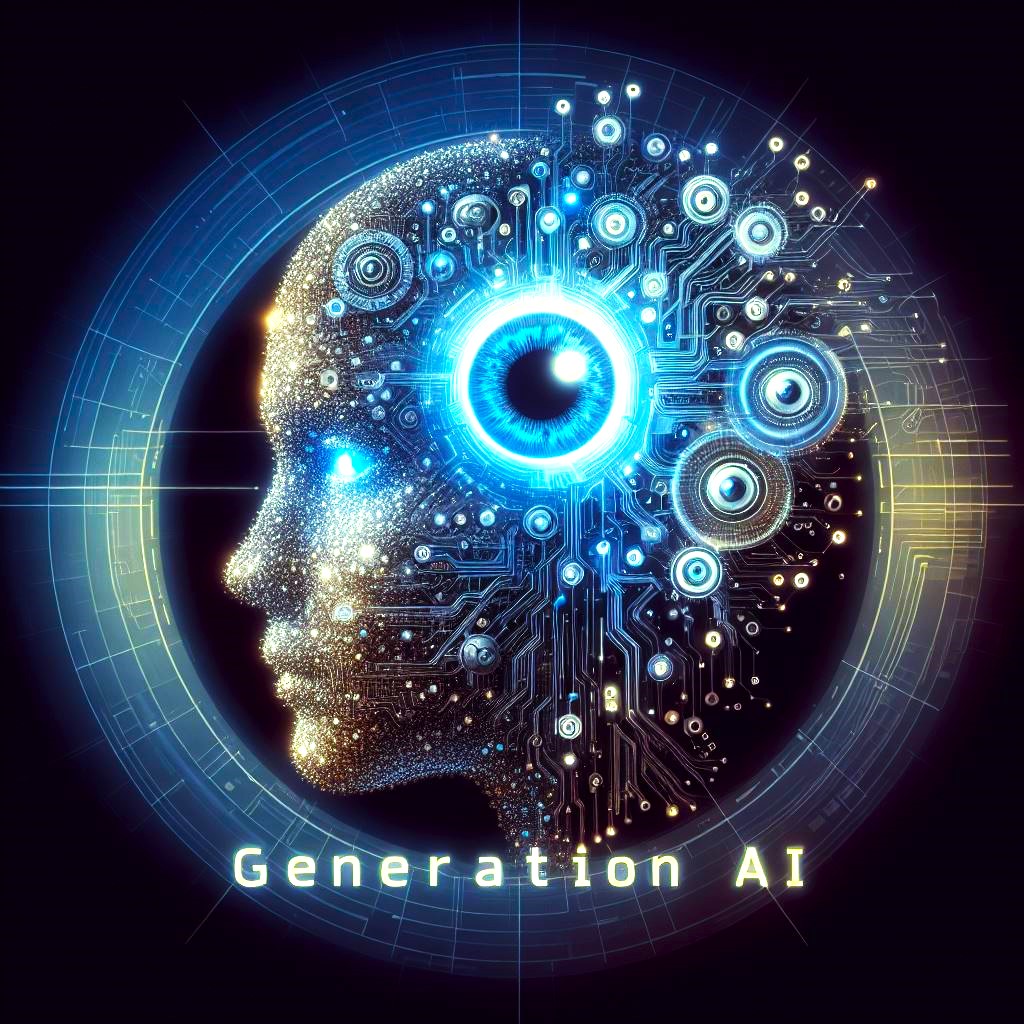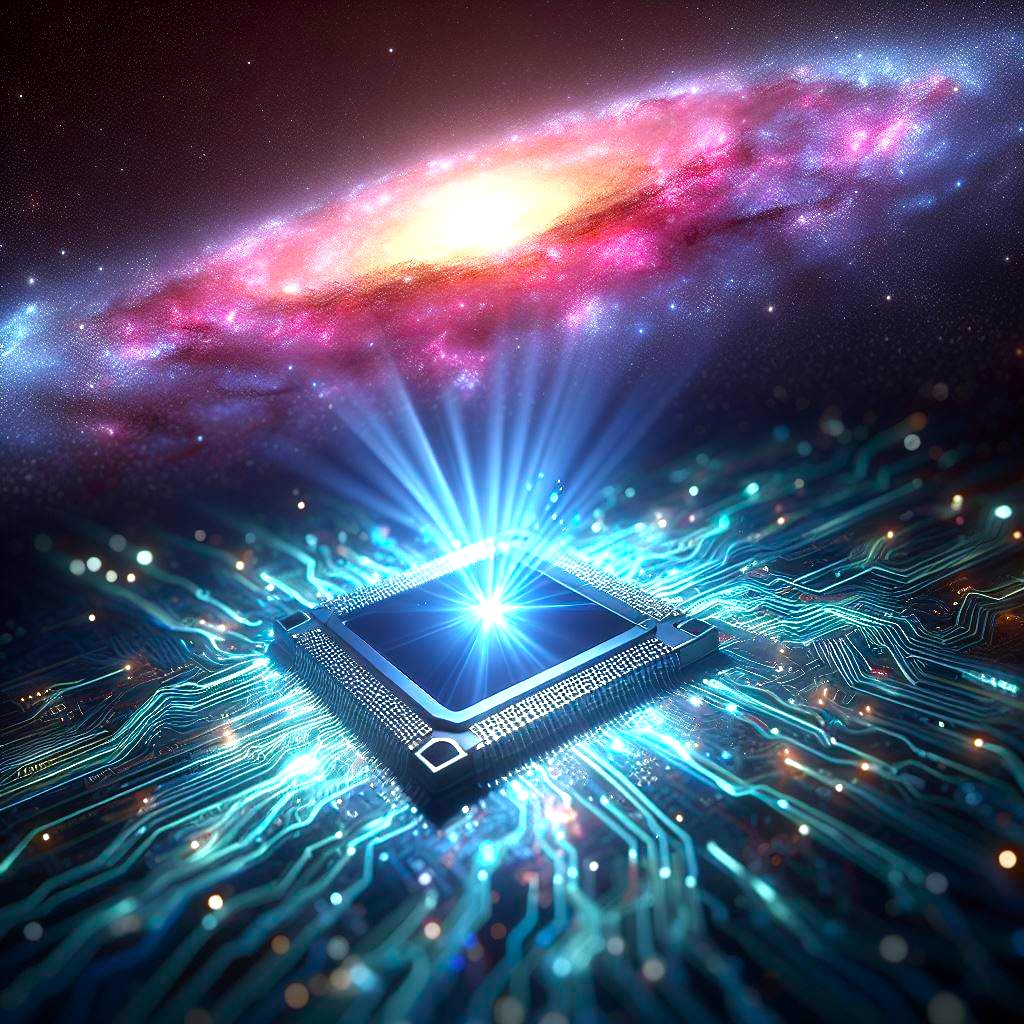In a substantial effort to strengthen the infrastructure required for artificial intelligence (AI), BlackRock and Microsoft have unveiled a significant fundraising endeavour.
The initiative, dubbed the Global AI Infrastructure Investment Partnership (GAIIP), seeks to secure $30 billion in private equity capital, with the possibility of leveraging up to $100 billion including debt financing.
The main objective of this initiative is to establish new and larger data centers to accommodate the escalating demand for computing power spurred by advancements in AI. These data centres are vital for meeting the growing computational requirements of AI applications, which necessitate substantial processing power and storage capacity. Additionally, the partnership will focus on investing in the energy infrastructure required to operate these data centres in an environmentally sustainable manner.
BlackRock, the global investment management corporation, contributes its vast network of corporate relationships and private equity expertise. Microsoft, a pioneer in technology and AI, offers the necessary technological expertise and industry leadership. Together, their goal is to establish a strong infrastructure that will bolster AI innovation and contribute to economic expansion.
The investment will be primarily directed towards the United States, with a portion also being allocated to partner countries. This strategic emphasis aims to boost American AI competitiveness and encourage worldwide cooperation. The partnership is designed to support an open architecture and a wide-ranging ecosystem, enabling a variety of partners and companies to leverage the infrastructure.
NVIDIA, a leading force in AI technology, will contribute to GAIIP by providing its expertise in AI data centres and manufacturing facilities. This partnership is anticipated to improve AI supply chains and energy procurement, offering advantages to both consumers and the broader industry.
This collaboration marks a substantial move towards establishing the infrastructure of tomorrow and powering it in an eco-friendly manner.






















































